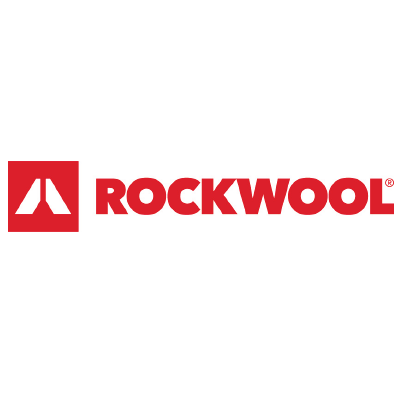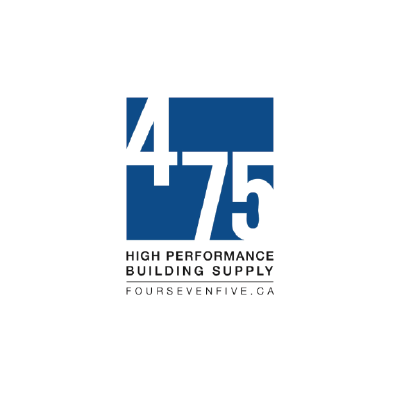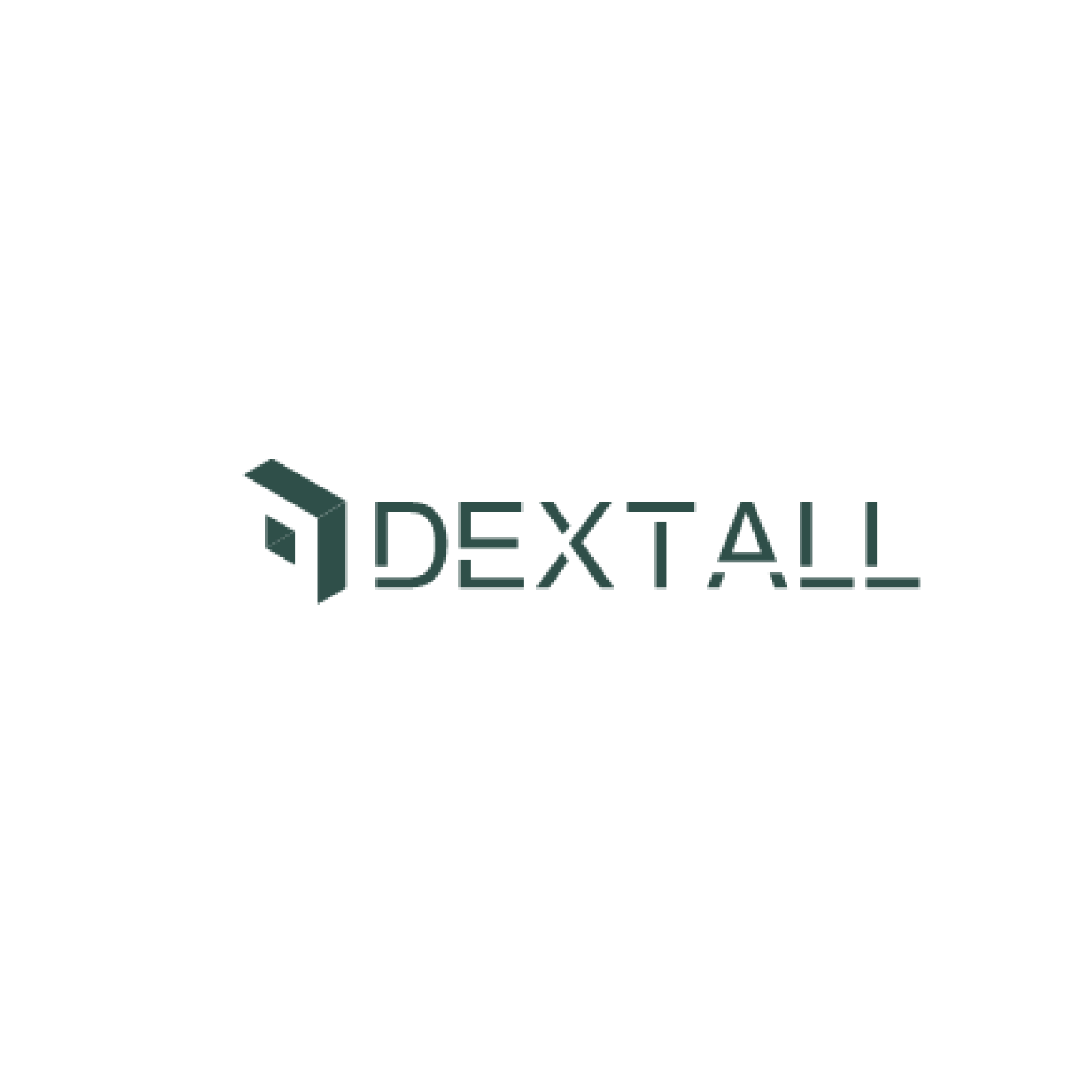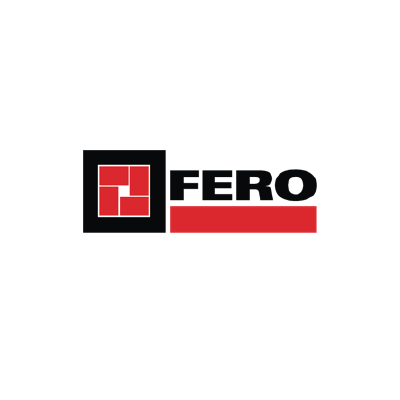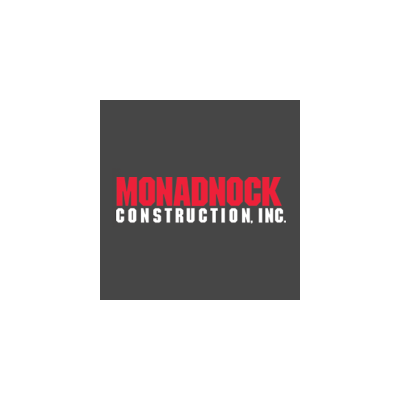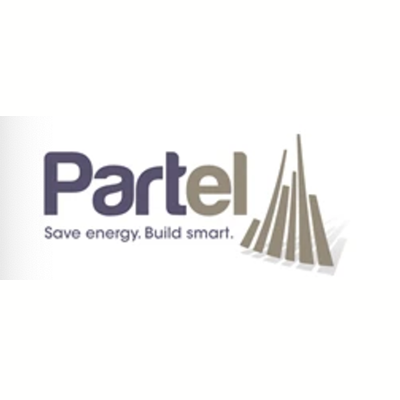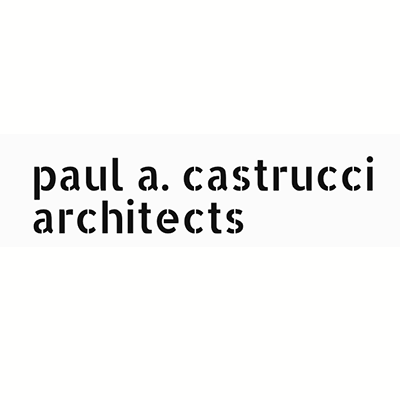While “Net Zero Energy” is a seemingly simple concept, in reality calculating the energy balance of a building requires complex accounting. Photovoltaic panels produce most of their electricity during summer days, while buildings consume energy all the time, especially during cold nights. The Passive House Institute (PHI) takes Net Zero to the next level by accounting for energy storage requirements and making sure that wasteful buildings can’t simply add huge PV arrays to claim “Net Zero” status.
At a New York Passive House presentation last week, German architect Kay Künzel presented a case study of a home automation system that prioritized using PV energy directly instead of exporting it to the grid. For example, the system would run the dishwasher while the sun was shining to avoid having to use non-renewable grid electricity. PHI’s new classification takes this kind of optimization into account, in a way that “Net Zero” doesn’t.
In New York we are very aware that Net Zero penalizes multistory buildings in an urban environment. PHI’s new classification system eliminates the large urban building penalty by basing the renewable energy potential on the lot area, rather than the total floor area of a building.
Wolfgang Feist will present more details at the 18th annual Passive House Conference in April.
See PHI’s full press release below:
Press Release, 3 March 2014
New Passive House categories also rate building energy gains
Concept to be presented at the 2014 International Passive House Conference
Darmstadt/Germany. The efficiency of the clearly defined Passive House Standard has been proven with thousands of buildings – in order to also offer a reliable means of orientation regarding the additional use of renewables, the Passive House Institute now plans to introduce new categories. These will not only take energy demand into account, but also energy supply through, for example, solar panels. In this way, Passive House offers an attractive solution for the energy revolution while also serving as the basis for the “Nearly Zero Energy Building,” mandatory for all new builds throughout the EU as of 2021.
“A building that produces more energy than it consumes is not only possible, it is often very sensible,” says Dr. Wolfgang Feist, Director of the Passive House Institute. The way in which this is calculated, however, is of critical importance when it comes to setting criteria for a standard. “A building that produces an energy surplus in summer doesn’t necessarily have a good energy balance. Photovoltaic systems typically yield very little energy in winter, which is exactly when the most energy for heating is used. Therefore, the calculation only works when the energy demand itself is also very low.”
Energy efficiency thus remains the basis for the Passive House Standard. In addition, the new building categories will rate the coverage of the remaining energy demand by renewable sources. Taking the example of a single family home, the new “Passive House Plus” label confirms that about as much energy is produced as is consumed, whereas the “Passive House Premium” seal denotes an energy surplus. Dr. Feist will present the details of these new Passive House classes at the International Passive House Conference, taking place from 25 to 26 April 2014 in Aachen, Germany.
“The new classes view energy production in relation to the potential of the particular building in question,” emphasises Dr. Benjamin Krick, senior scientist at the Passive House Institute. “A single family home built to the Passive House Standard can achieve an energy surplus relatively easily; for an apartment building it is much more difficult, as such buildings have a far smaller roof area available per square meter of living space. It is for this reason that the new classes calculate energy production in relation to the ground area occupied by the building.” A future-oriented scenario in which only renewable energies are used throughout the electrical grid serves as reference for the evaluation.
Compared to conventional buildings, the Passive House Standard, as developed more than two decades ago, saves an average of 90 percent of heating and cooling energy. Highly efficient windows, ventilation systems and superior insulation of the external walls keep Passive House buildings comfortable year-round. In winter, the remaining energy demand can mostly be covered by passive heat sources such as the sun’s rays. In summer, these same Passive House features serve to keep buildings cool.
The criteria of the Passive House Standard are straightforward and clearly defined. The performance of the standard has been proven by numerous monitoring projects. Some 50,000 Passive House units have been built worldwide. Economic reasoning often serves as the motivation to build a Passive House: additional investments are normally paid back through energy savings in a matter of years. A further advantage for occupants lies in the outstanding levels of comfort Passive Houses offer, through consistently warm inside surfaces and optimal air quality.
Details on the Passive House Standard and the certification criteria: www.passivehouse.com
Programme of the International Passive House Conference: www.passivehouseconference.org
Press contact:
Benjamin Wünsch | Passive House Institute | +49 (0)6151-82699-25 | presse@passiv.de

